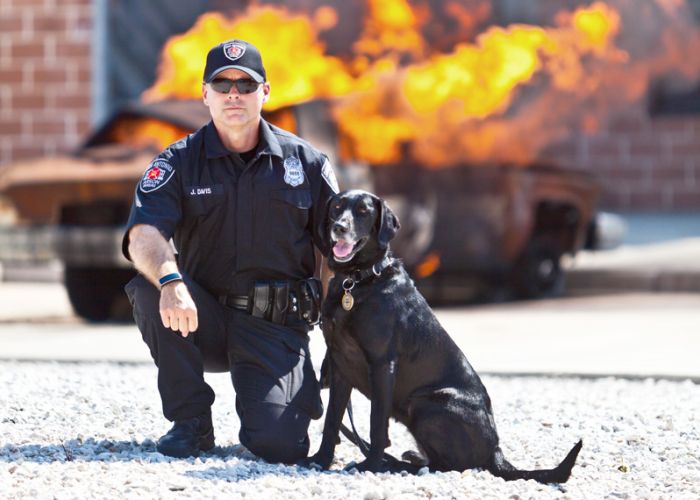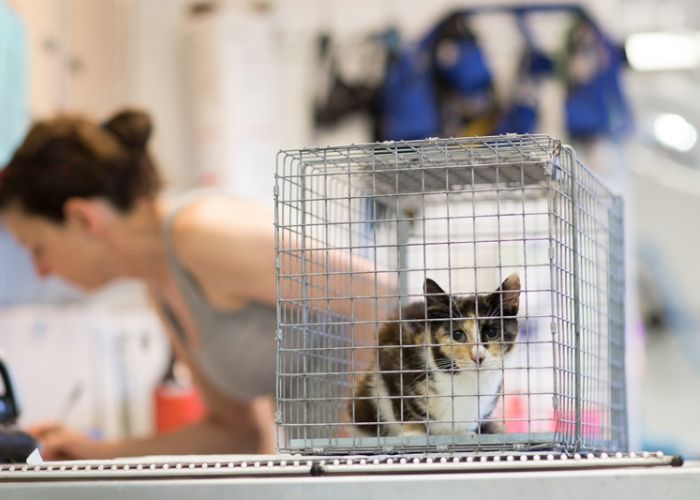Taking the measure of cruelty
FBI elevates status of animal cruelty in national crime tracking system

Anyone who has worked in the animal welfare field has likely witnessed the effects of animal cruelty. But how common are the cases of the cat set on fire, the dog left to starve at the end of a chain or the emaciated horses kept by an animal hoarder? The truth is, no one really knows.
Unlike violent crimes against people, information on reported cases of animal abuse have not been routinely compiled by state and federal agencies, making it difficult for authorities and animal protection advocates to determine the prevalence or trends in these crimes.
For years, the Humane Society Legislative Fund (HSLF), the Doris Day Animal League, The HSUS and other animal welfare organizations, along with the National Sheriffs’ Association and members of Congress, have urged the FBI to include animal cruelty as a separate category in its national Uniform Crime Reporting (UCR) Program. These efforts finally paid off, and in January, participating law enforcement agencies began submitting reports about crimes against animals to the UCR, the same way they have long submitted reports about crimes like murder and arson.
“Now, no longer will extremely violent criminal acts escape the attention of the FBI simply because the victims were animals,” says HSLF president Michael Markarian.
Under the UCR, animal crimes will be broken into four categories: intentional abuse, simple and gross neglect, organized abuse (such as animal fighting) and bestiality.
“With this data we can identify what types of animal cruelty are most prevalent and where they are most prevalent,” says The HSUS’s John Goodwin, a national authority on animal fighting crimes. “That’s vital information for putting together effective strategies to combat animal cruelty.”
Police and sheriff’s departments, in particular, will be able to get a picture of what’s happening in their own regions and states. This will make law enforcement agencies “better able to allocate officers and financial resources to handle these cases, track trends and deploy accordingly,” says Markarian.
Previously, animal cruelty crimes submitted by law enforcement agents to the federal database were recorded in a catch-all “other” category.
“No one had a breakdown of what the ‘other’ category was. What were these other crimes?” asks Goodwin. “You just had no idea.”
Under the new guidelines, animal cruelty offenses are classified as crimes against society, according to Mary Lou Randour, senior adviser for animal cruelty programs at the Animal Welfare Institute. “It moves animals away from the category of property,” she says.
Obtaining a national snapshot of crimes against animals has proved especially difficult because animal cruelty is enforced by a variety of bodies, including the police, animal control and humane society agents.
Randour says the UCR data will be used to “get higher engagement of law enforcement investigating and responding to animal cruelty and to find more effective methods to reduce the occurrences of animal cruelty.”
Goodwin says the change is also important symbolically. “It signals to law enforcement at all levels that animal cruelty crimes are important and they need to be investigated and prosecuted.”







